Table of Contents
Introduction to Berbere Spice
Berbere spice is a traditional Ethiopian and Eritrean spice blend known for its vibrant red color, complex flavor, and moderate to high heat. It's a key ingredient in many East African dishes, including doro wat (chicken stew) and misir wat (lentil stew). This aromatic blend combines multiple spices to create a unique flavor profile that is both spicy and sweet, with earthy and citrus notes.
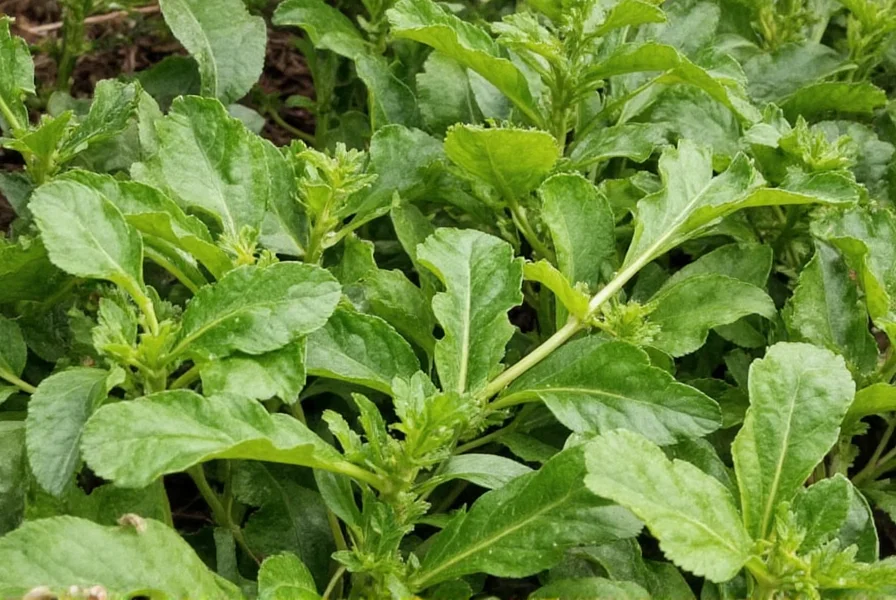
Known for its deep red color and intense heat, berbere is often used to season stews, grilled meats, and flatbreads like injera. It's not just about the heat; it's about layers of flavor that bring dishes to life. Whether you're an amateur cook or a seasoned chef, understanding what's in berbere spice can elevate your culinary game.
Key Ingredients in Berbere Spice
The magic of berbere lies in its unique combination of spices. While the exact recipe can vary by region and family tradition, most blends include a mix of the following:
- Cumin – Adds warmth and earthiness
- Coriander – Brings a citrusy, slightly sweet note
- Chili peppers – The main source of heat and color
- Ginger – Adds a zesty, pungent kick
- Garlic – Provides depth and savory undertones
- Nutmeg – Offers a subtle sweetness and complexity
- Allspice – Adds a warm, peppery flavor
- Cardamom – Gives a floral and slightly sweet aroma
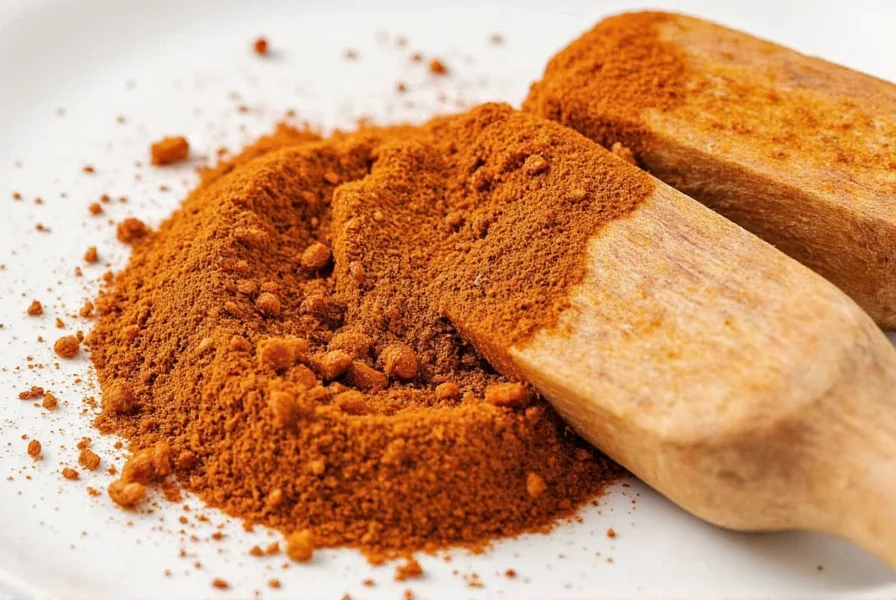
Some recipes may also include other ingredients such as black pepper, cloves, or cinnamon. These additions give berbere its signature complexity and make it more than just a simple chili powder. Each ingredient plays a role in balancing the heat with depth and aroma.
Comparison Table: Common Berbere Spice Blends
| Ingredient | Role in Berbere |
|---|---|
| Cumin | Earthy, warm base |
| Coriander | Citrusy, sweet undertone |
| Chili Peppers | Heat and color |
| Ginger | Zesty, pungent kick |
| Garlic | Savory depth |
| Nutmeg | Subtle sweetness and complexity |
| Allspice | Warm, peppery flavor |
| Cardamom | Floral, slightly sweet aroma |
Flavor Profile and Uses
Berbere is known for its bold and complex flavor profile. It balances heat with warmth, sweetness, and earthiness. The result is a spice that can be both comforting and exciting. Here are some of the key characteristics of berbere:
- Heat Level: Varies depending on the type of chili used, but generally medium to high
- Aroma: Smoky, slightly sweet, and intensely aromatic
- Taste: A mix of spicy, earthy, citrusy, and nutty notes
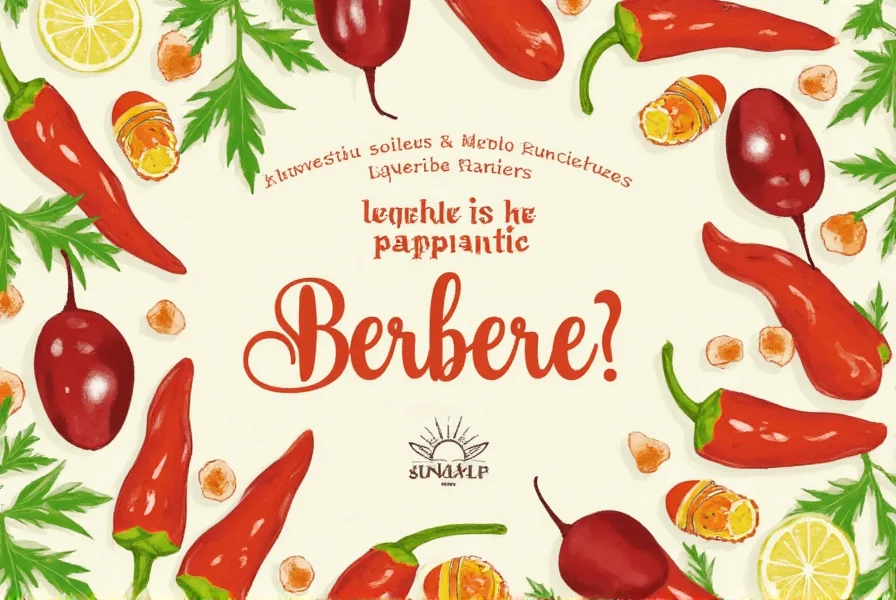
This spice is incredibly versatile. It's commonly used in stews like doro wat (Ethiopian chicken stew) or sambusa (fried pastries). It also works well with roasted vegetables, grilled meats, and even soups. For those who love bold flavors, berbere can be a game-changer.
How to Use Berbere Spice in Cooking
Using berbere is straightforward, but getting the right balance takes a bit of practice. Here are some tips to help you use it effectively:
- Start Small: Because berbere is so potent, it's best to add a small amount at first and adjust to taste.
- Use in Stews and Sauces: Add it early in the cooking process to let the flavors develop fully.
- Season Grilled Meats: Rub it onto chicken, lamb, or beef before grilling for a smoky, spicy crust.
- Mix with Oil or Butter: This helps release the oils from the spices and enhances their flavor.
- Try It in Flatbreads: Mix it into dough for a spiced, flavorful bread like injera.
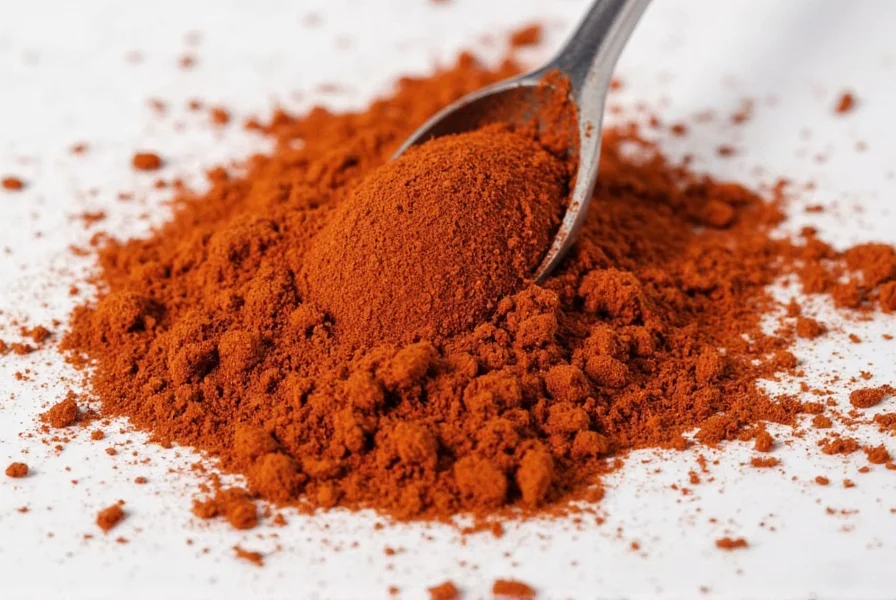
Remember, the goal is to enhance the dish, not overpower it. With a little experimentation, you'll find your perfect way to use this amazing spice.
Buying Guide: How to Choose the Best Berbere Spice
When it comes to buying berbere, there are several factors to consider. Whether you're shopping online or in a specialty store, here's how to choose the best quality:
What to Look For
- Freshness: Look for a vibrant red color and strong, aromatic scent. Fresh berbere has a lively, spicy fragrance.
- Ingredients List: Check if the blend contains all the key spices like cumin, coriander, and chili. Avoid products with artificial additives or fillers.
- Origin: Traditional Ethiopian or Eritrean berbere is often considered the highest quality. Be cautious of mass-produced versions that may lack authenticity.
- Heat Level: Some blends are milder, while others are extremely hot. Choose based on your personal preference and the dish you're making.
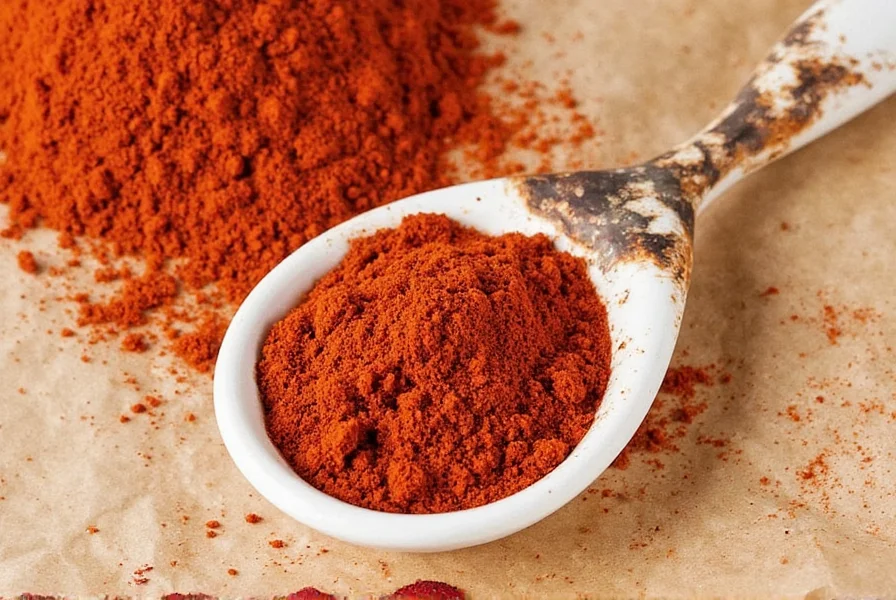
Recommended Products
Popular brands include Dukem, Beshie, and Zayo, which offer authentic berbere blends. When choosing, look for products with traditional ingredients and no artificial additives.
Frequently Asked Questions About Berbere Spice
What are the main ingredients in berbere spice?
The core ingredients in traditional berbere spice include chili peppers (for heat and color), cumin, coriander, ginger, garlic, nutmeg, allspice, and cardamom. Some regional variations may also include black pepper, cloves, or cinnamon. The exact blend can vary by family and region, but these key components create berbere's distinctive complex flavor profile that balances heat with warmth, sweetness, and earthiness.
Is berbere spice the same as regular chili powder?
No, berbere spice is much more complex than standard chili powder. While both contain chili peppers, berbere is a complete spice blend with numerous ingredients including cumin, coriander, ginger, garlic, and various warming spices. Chili powder is typically just ground dried chilies, sometimes with a small amount of additional spices. Berbere offers a more nuanced flavor profile with layers of heat, earthiness, sweetness, and aromatic complexity.
How hot is berbere spice compared to other spicy seasonings?
Berbere spice typically ranges from medium to high heat, depending on the specific blend and the types of chili peppers used. It's generally hotter than standard chili powder but not as intensely hot as pure cayenne pepper. What makes berbere unique is that the heat is balanced with other flavors - the warmth of spices like cumin and cardamom, the citrus notes from coriander, and the sweetness from allspice help temper the heat, creating a more complex experience than just pure spiciness.
Can I make berbere spice at home, and if so, how?
Yes, you can definitely make berbere spice at home! A basic homemade berbere recipe includes: ¼ cup crushed red pepper flakes, 2 tablespoons paprika, 1 tablespoon cumin, 1 tablespoon coriander, 1 tablespoon ginger, 2 teaspoons garlic powder, 1 teaspoon each of cardamom, allspice, and fenugreek, and ½ teaspoon each of cinnamon, cloves, and nutmeg. Toast the whole spices first, then grind everything together. Store in an airtight container. Homemade berbere will be fresher and more vibrant than store-bought versions, though it may lack the depth of traditionally prepared blends that use roasted and ground individual ingredients.
What dishes commonly use berbere spice in Ethiopian cuisine?
Berbere is a fundamental ingredient in many traditional Ethiopian dishes, most notably in various "wat" (stews). Popular examples include doro wat (spicy chicken stew), sega wat (beef stew), and misir wat (spicy lentil stew). It's also used in sambusa (Ethiopian samosas), kitfo (minced beef dish), and as a seasoning for grilled meats. Berbere is often mixed with niter kibbeh (spiced clarified butter) to create a flavorful base for many dishes. It can also be incorporated into breads and used as a seasoning for vegetables.
How should I store berbere spice to maintain its flavor?
To preserve the vibrant flavor and color of berbere spice, store it in an airtight container away from direct sunlight, heat, and moisture. A cool, dark cupboard is ideal. Properly stored, berbere will maintain its best flavor for 6-12 months. For longer storage, you can keep it in the refrigerator or freezer, which can extend its freshness up to 18-24 months. The key is to prevent exposure to air and moisture, which can cause the spices to lose their potency and vibrant red color.
Conclusion
Berbere spice is more than just a seasoning—it's a cultural treasure that brings bold flavor and warmth to every dish. Understanding what is in berbere spice allows you to appreciate its complexity and use it more effectively in your cooking. From its key ingredients to its versatility in the kitchen, berbere is a must-have for any spice lover.
Whether you're trying it for the first time or have been using it for years, there's always something new to discover in this fiery blend. So next time you reach for a spice jar, consider giving berbere a try—your taste buds will thank you.
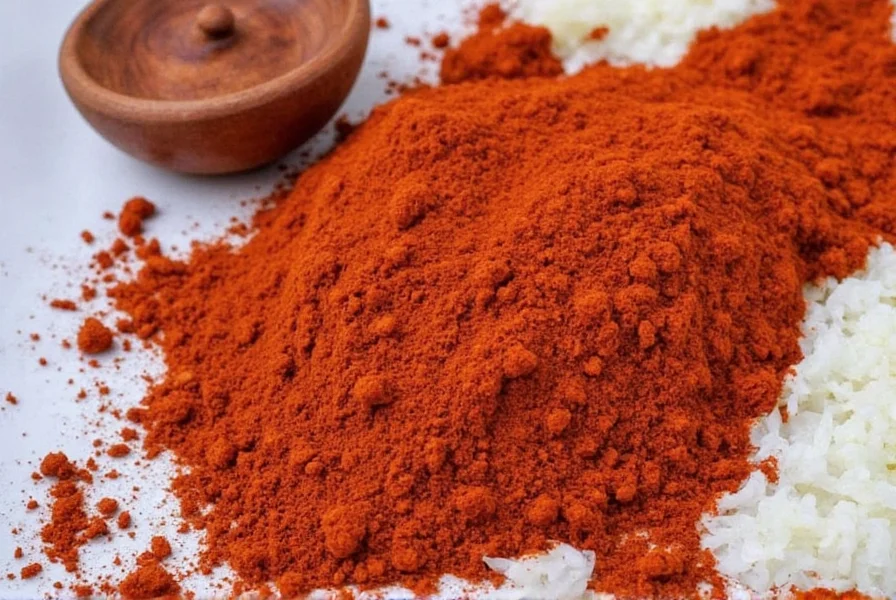
Final Thought: What is in berbere spice? A carefully crafted blend of spices that delivers heat, depth, and flavor in every bite.

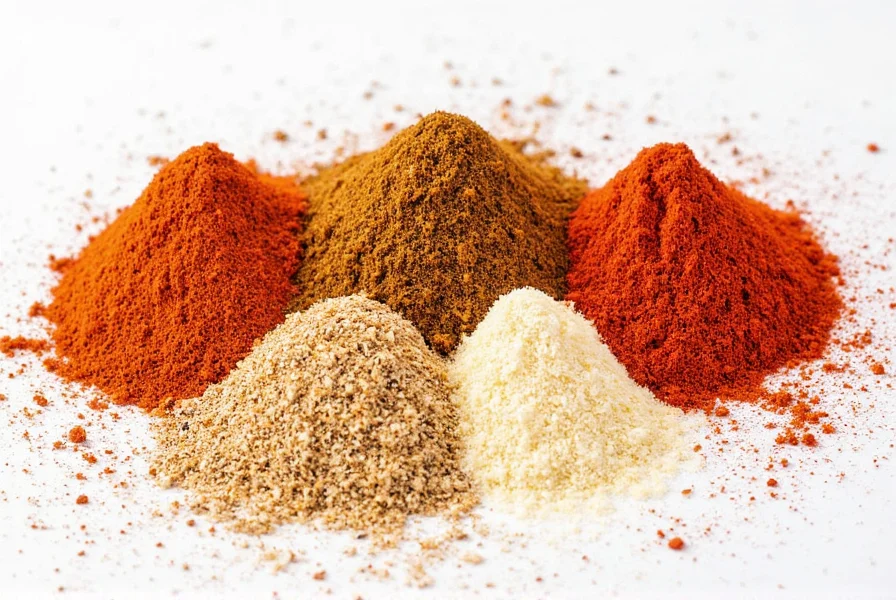









 浙公网安备
33010002000092号
浙公网安备
33010002000092号 浙B2-20120091-4
浙B2-20120091-4